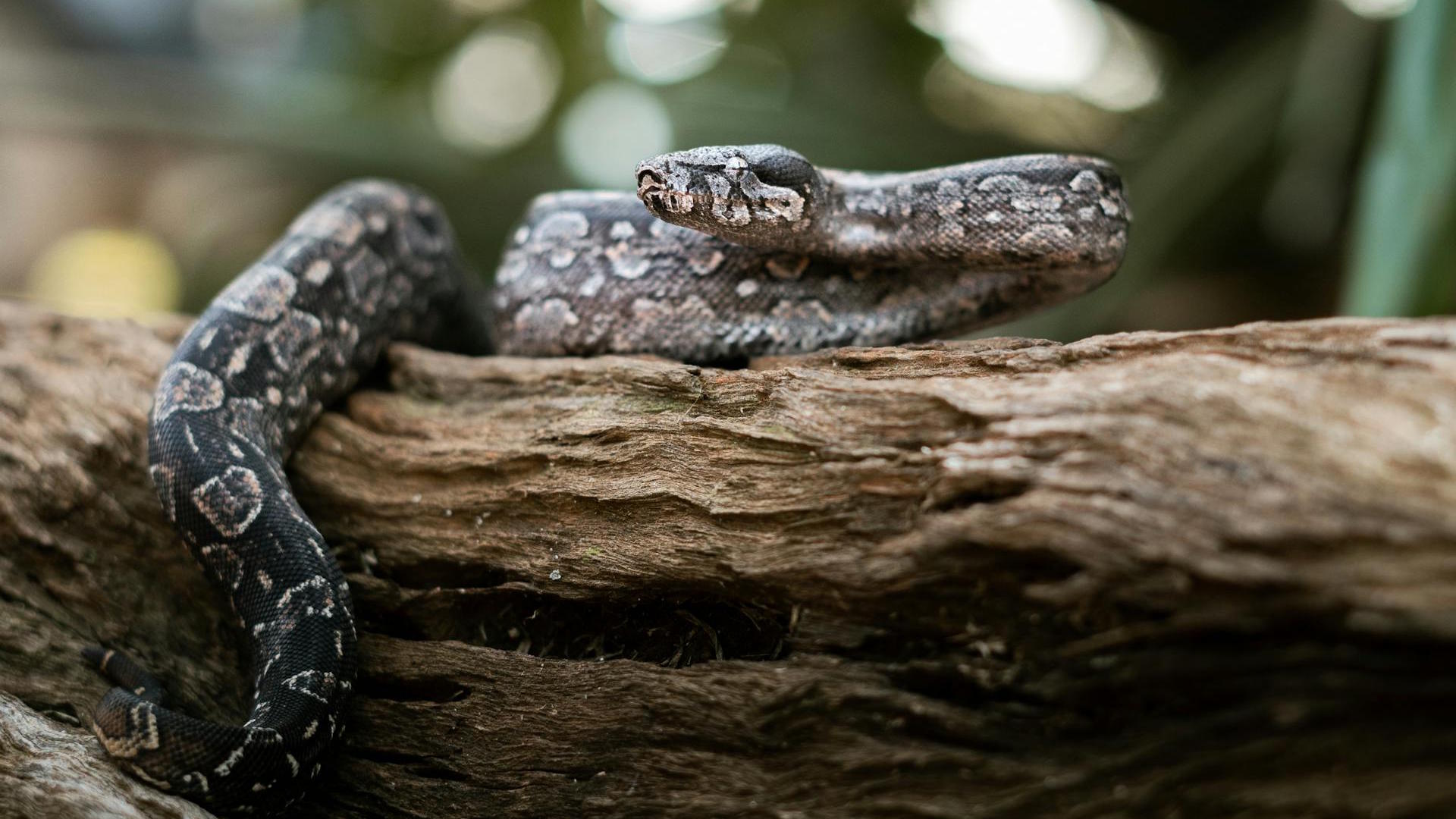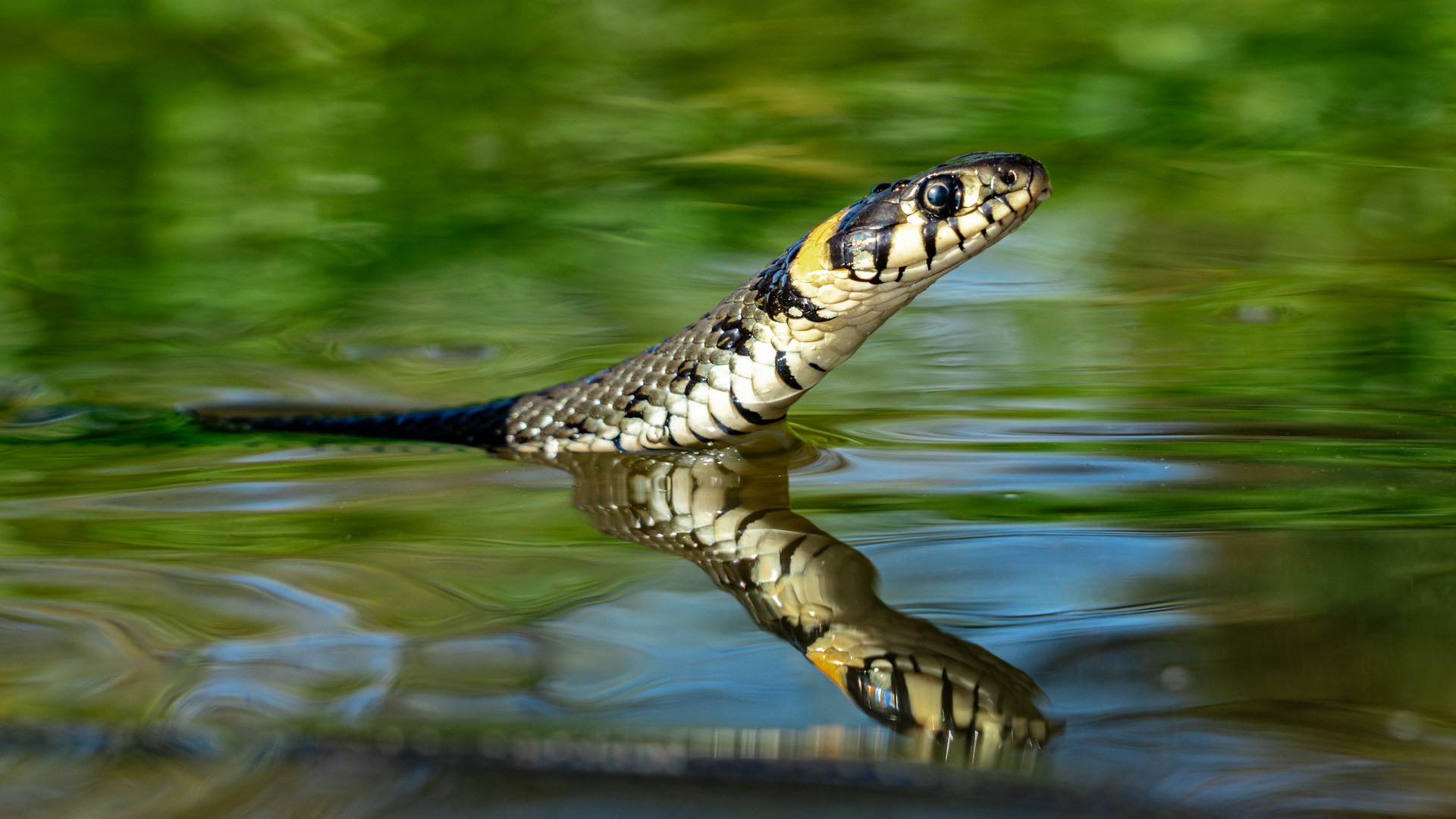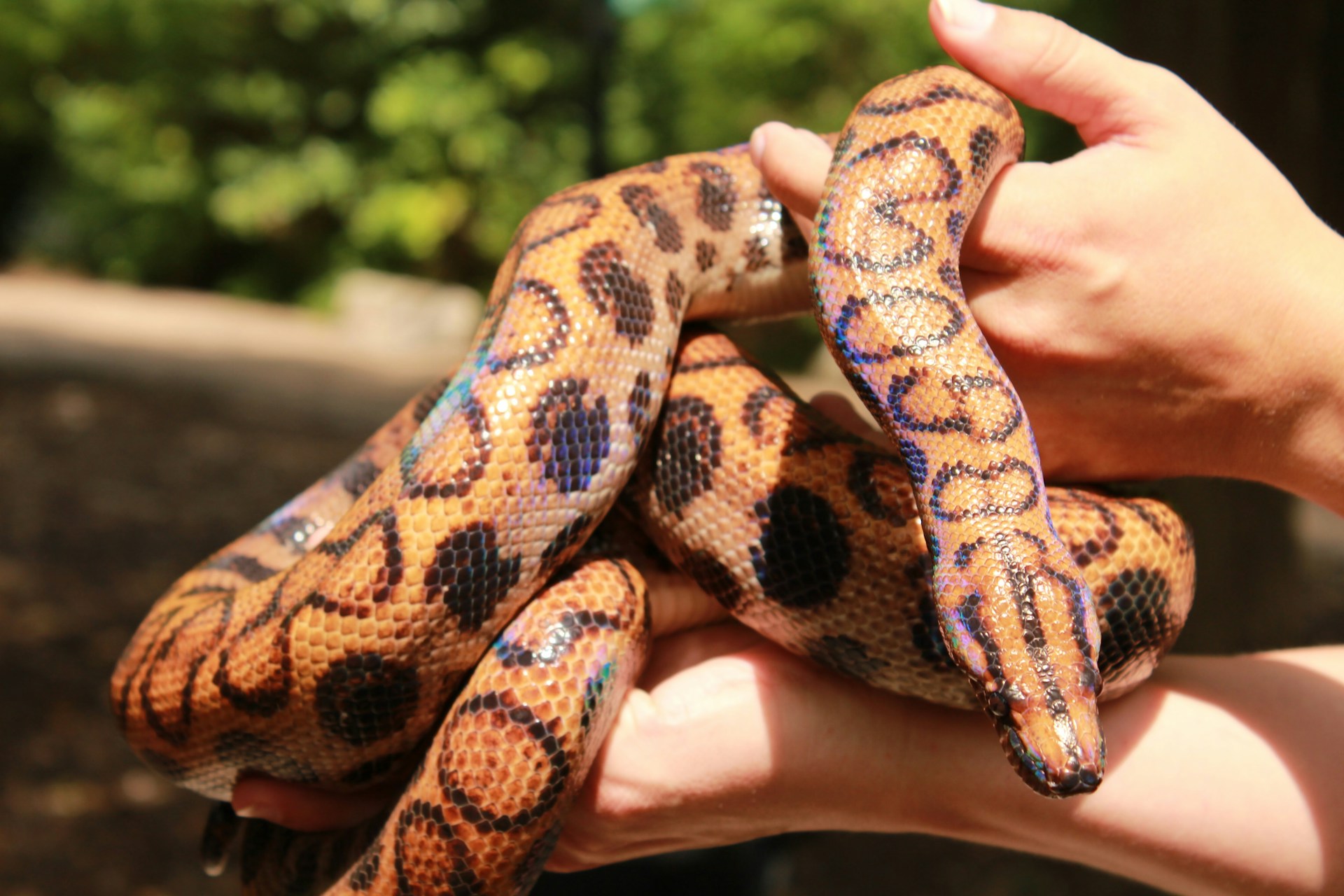Snakes often evoke fear and trepidation in many people, yet certain species make exceptionally docile, gentle companions that can help dispel these common misconceptions. The world of non-venomous snakes includes numerous species renowned for their calm temperaments and suitability for handling, even by beginners. These reptiles can form meaningful connections with their keepers while requiring relatively straightforward care compared to many other exotic pets. Whether you’re considering your first snake or looking to expand your reptile family with a particularly handleable species, understanding which snakes naturally possess gentle dispositions can lead to a more rewarding relationship with these fascinating creatures.
Ball Pythons: The Gold Standard of Docility
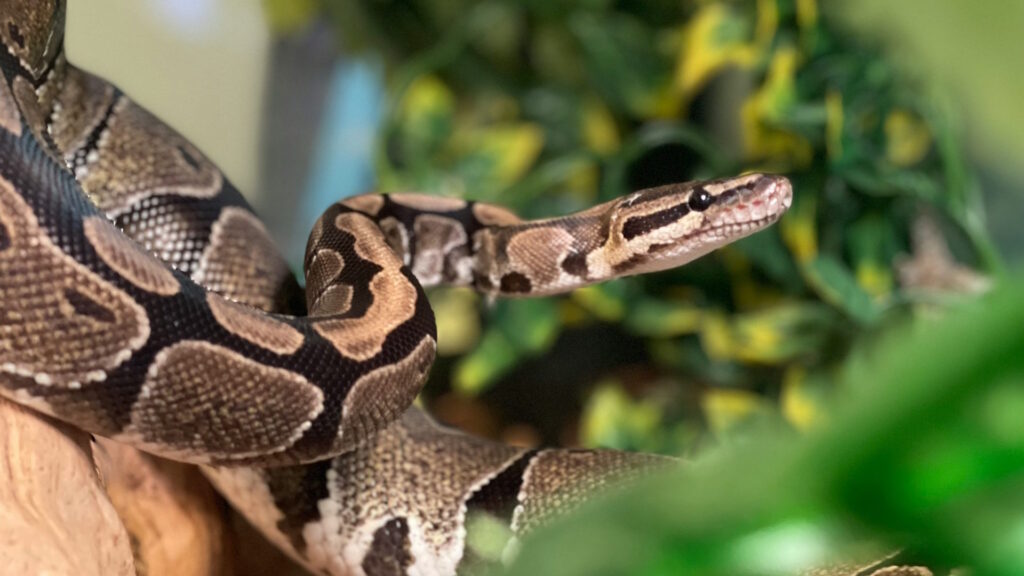
Ball pythons (Python regius) have earned their reputation as the quintessential pet snake for good reason. Native to West and Central Africa, these snakes typically reach a manageable 3-5 feet in length and can live 20-30 years with proper care. Their name comes from their defensive behavior of rolling into a tight ball when stressed, rather than striking or biting. Ball pythons are known for their calm, inquisitive nature and tend to move slowly and deliberately during handling sessions. Their substantial but not overwhelming size provides a satisfying weight in the hands while remaining manageable for most keepers, making them an excellent choice for first-time snake owners and experienced keepers alike.
Corn Snakes: Colorful and Cooperative
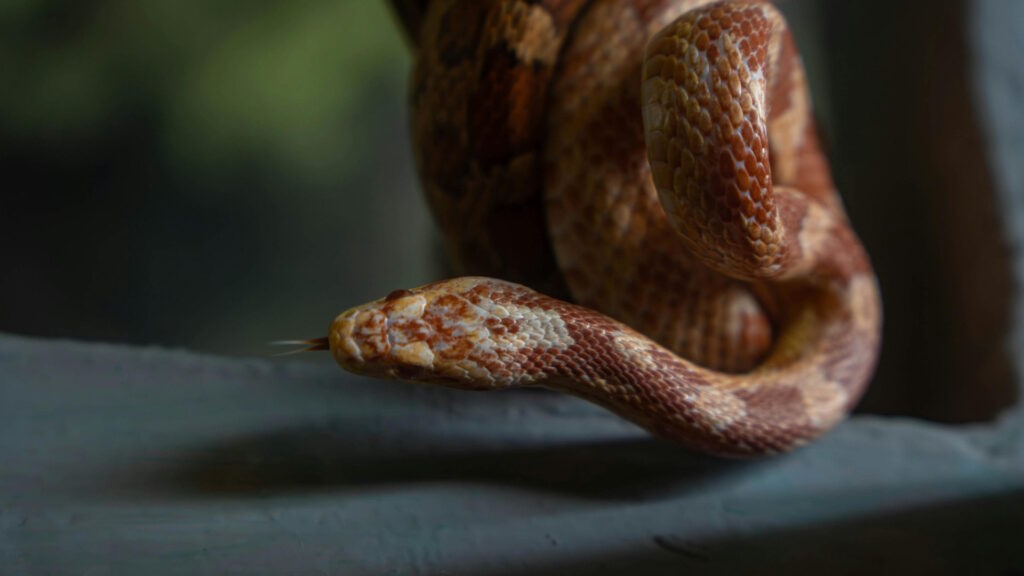
Corn snakes (Pantherophis guttatus) stand out as some of the most handleable and beginner-friendly snake species available in the pet trade. These North American natives typically grow to 3-5 feet in length and display a remarkable array of color morphs, from classic orange and red patterns to lavender, caramel, and albino varieties. Their slender build makes them lightweight and easy to handle even for children under supervision. Corn snakes rarely show defensive behaviors when acclimated to handling and typically remain calm and exploratory during interaction. Their exceptional hardiness, straightforward care requirements, and generally unfussy feeding response contribute to their reputation as ideal first snakes.
Rosy Boas: Desert Gentleness

Rosy boas (Lichanura trivirgata) represent one of North America’s most docile native snake species. Rarely exceeding 3 feet in length, these stocky, slow-moving snakes from the southwestern deserts make exceptionally gentle pets. Unlike many snakes that may move quickly or unpredictably during handling, rosy boas typically crawl methodically and deliberately, making them easier to track and manage for nervous handlers. They possess a remarkably calm demeanor and rarely bite, even when startled. Their reasonable size, manageable care requirements, and naturally calm disposition make them excellent options for keepers seeking a snake that tolerates regular handling with minimal stress responses.
Kenyan Sand Boas: Pocket-Sized Placidity
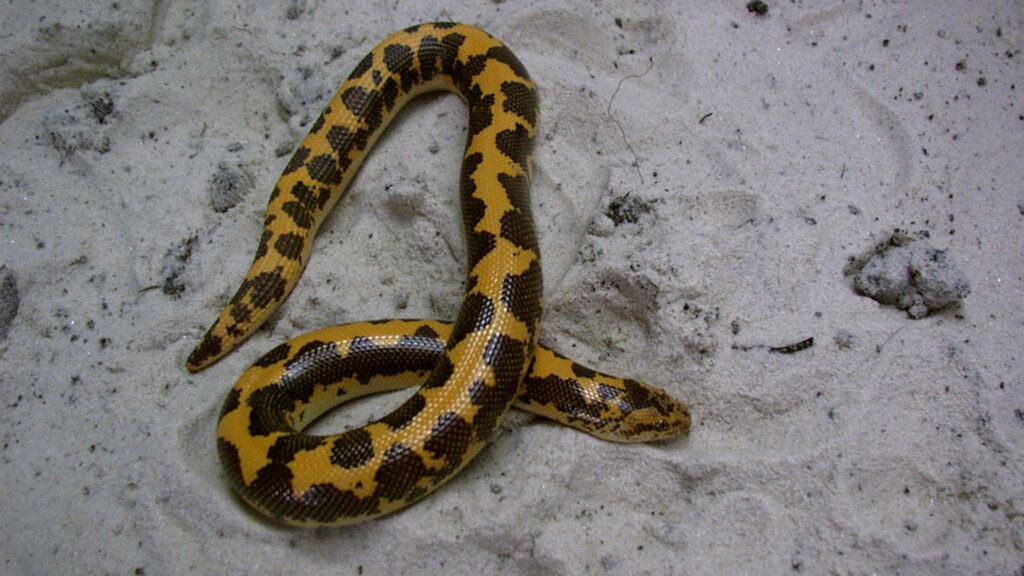
Kenyan sand boas (Gongylophis colubrinus) offer the perfect solution for enthusiasts seeking a truly small, manageable snake with a gentle temperament. These stout, cylindrical snakes rarely exceed 2 feet in length for females, with males staying even smaller at around 15 inches. Their compact size makes them particularly suitable for keepers with limited space or those intimidated by larger species. Despite their somewhat primitive appearance, Kenyan sand boas typically display remarkably calm behavior during handling. Their slow movements, manageable size, and generally placid nature make accidental escapes rare and handling sessions stress-free for both snake and keeper.
Children’s Pythons: Small Pythons with Big Personality

Children’s pythons (Antaresia childreni) exemplify how smaller python species can offer the gentle temperament of their larger cousins in a more manageable package. Named after John George Children (not for their suitability for children, though this coincidentally applies), these Australian pythons typically reach only 3-4 feet in length. Their slender build makes them lightweight and easy to handle despite their respectable length. Children’s pythons generally possess curious, calm temperaments and adapt well to regular handling when properly socialized. While they may initially be slightly more defensive than ball pythons as hatchlings, most individuals grow into exceptionally docile adults that rarely display striking behavior once accustomed to their keepers.
California Kingsnakes: Regal and Relaxed

California kingsnakes (Lampropeltis californiae) have established themselves as consistently docile snakes perfect for regular handling. Their striking appearance with bold black and white or brown and cream banding patterns makes them visually appealing, while their typically calm demeanor makes interactions pleasant. These North American natives usually grow to 3-4 feet in length, providing a substantial but manageable size for most handlers. Although hatchlings may be slightly nippy, most California kingsnakes quickly acclimate to handling and become exceptionally tolerant of human interaction. Their natural immunity to the venom of other snakes (which they regularly consume in the wild) gives them a confident disposition that translates well into captivity as a relaxed, explorative temperament.
Gopher Snakes: Gentle Giants
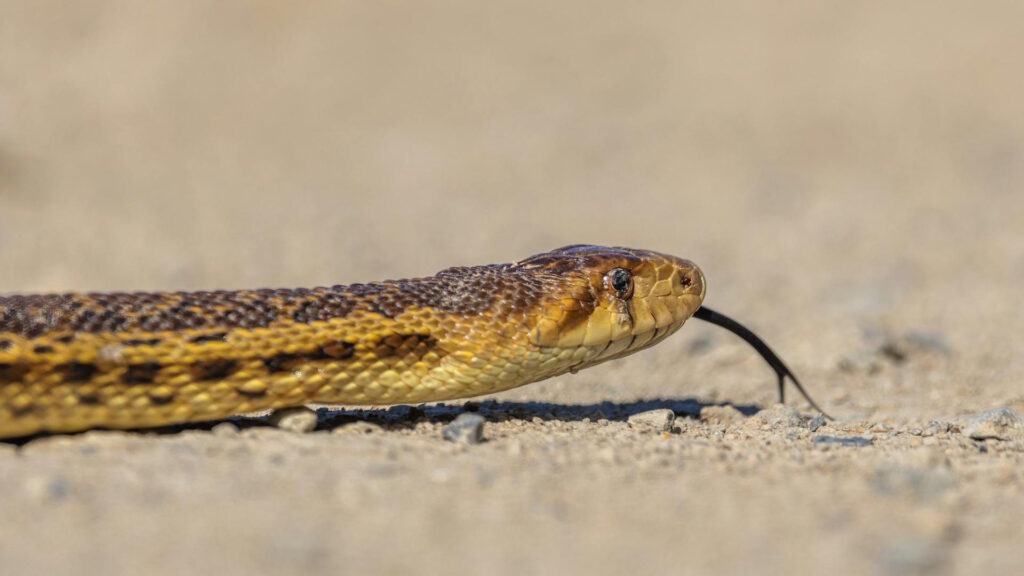
Gopher snakes (Pituophis catenifer) might initially intimidate with their impressive 4-7 foot length, but these North American constrictors typically develop into surprisingly gentle giants with consistent handling. Their impressive size offers a different handling experience than smaller species, while their muscular bodies provide an engaging tactile experience as they move across your hands and arms. Despite their ability to mimic rattlesnakes when threatened in the wild—flattening their heads, hissing loudly, and vibrating their tails—captive-bred gopher snakes generally abandon these behaviors with socialization. Their intelligence and adaptability allow them to distinguish between threatening situations and routine handling, leading to remarkably calm behavior during interactions with familiar keepers.
Russian Rat Snakes: Eastern Elegance

Russian rat snakes (Elaphe schrenckii), also known as Amur rat snakes, represent one of the most handleable species from Eastern Asia. These striking black and yellow patterned snakes typically reach 4-6 feet in length and possess a reputation for exceptional docility among rat snake species. Their slender but muscular build makes them substantial enough to feel secure during handling without being overly heavy or difficult to manage. Though somewhat less common in the pet trade than other species mentioned, those who keep Russian rat snakes often praise their calm, inquisitive nature and tolerance for regular handling. Their tendency to explore rather than flee or become defensive during handling sessions makes interactions particularly rewarding for keepers.
African House Snakes: Underrated Companions
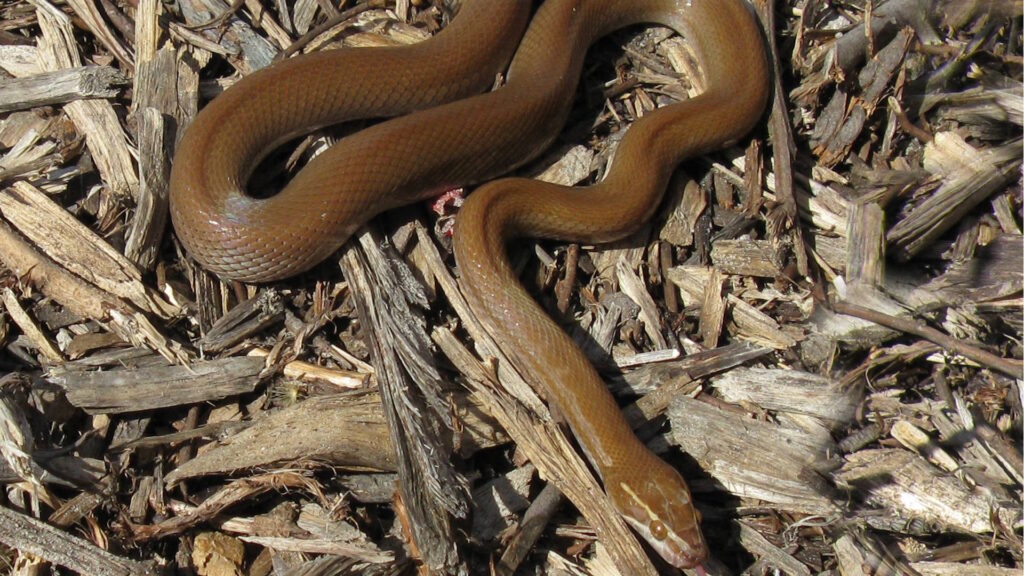
African house snakes (Boaedon species) remain somewhat underrepresented in the pet trade despite their excellent temperaments and suitability for handling. These medium-sized constrictors, usually reaching 2-4 feet in length, originate from sub-Saharan Africa and naturally adapt to living near human settlements. This natural proximity to humans throughout their evolutionary history may contribute to their typically calm demeanor in captivity. Most specimens acclimate quickly to handling and rarely display defensive behaviors after an initial adjustment period. Their manageable size, straightforward care requirements, and gentle disposition make them an excellent alternative to more common species for keepers seeking something slightly less mainstream but equally amenable to regular interaction.
Proper Handling Techniques for Gentle Snakes
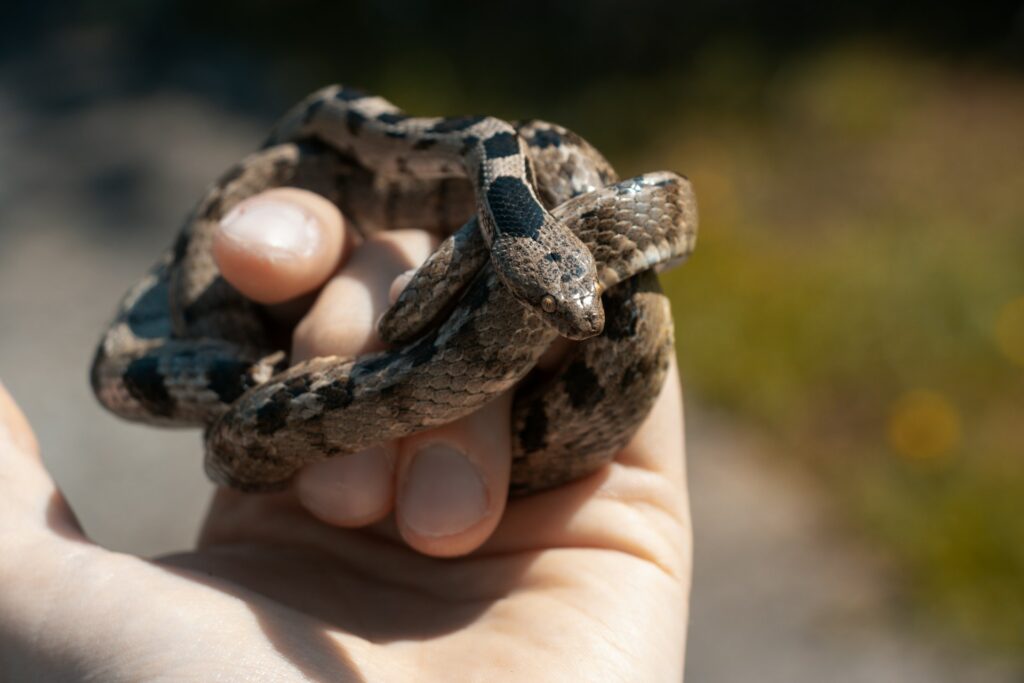
Even the gentlest snake species benefit from proper handling techniques that respect their physical structure and natural behaviors. Always support a snake’s body weight throughout handling, never grabbing or restricting mid-body where vital organs are located. Approach snakes from the side rather than from above, as overhead approaches mimic predator movements and may trigger defensive responses. Start with brief handling sessions of 5-10 minutes and gradually increase duration as the snake becomes more comfortable. Always wash hands before handling to remove food scents that might trigger feeding responses, and after handling for hygiene purposes. Remember that even docile species should not be handled immediately after feeding (wait 48 hours) or during shedding when their vision is compromised and stress levels are naturally elevated.
Acclimation Periods for New Snakes
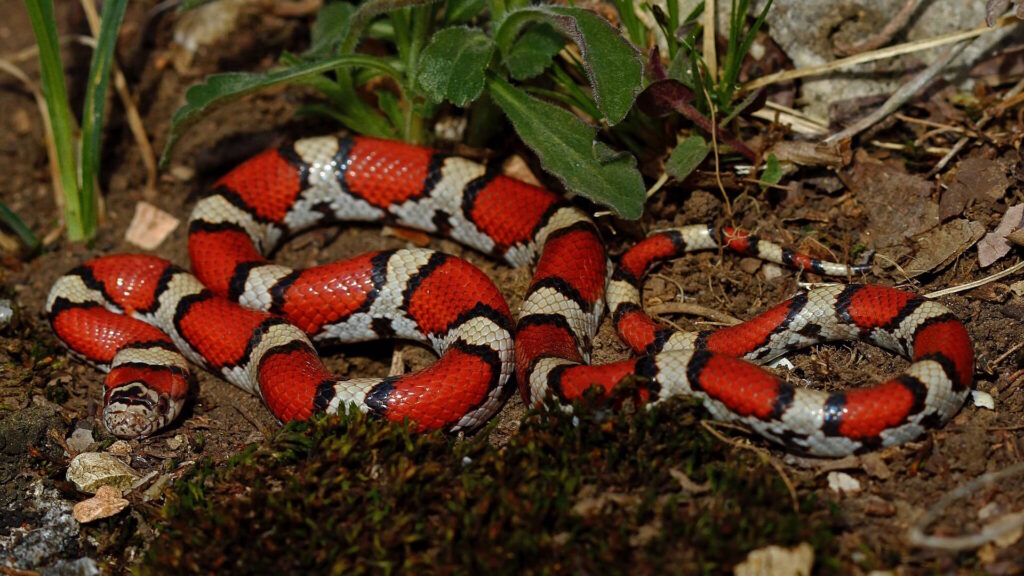
Understanding the importance of acclimation periods is crucial when working with even the gentlest snake species. New snakes typically benefit from a 7-14 day settling-in period without handling attempts, allowing them to become familiar with their new environment and establish feeding patterns. This initial hands-off period helps reduce stress and creates a foundation for positive handling experiences later. Begin with very short handling sessions of just 2-3 minutes, gradually extending the duration as the snake displays comfortable body language like relaxed muscle tone and exploratory behavior. Consistent, gentle handling typically results in increasingly calm behavior over time, even in individuals that might initially seem nervous or defensive. Remember that individual personality variations exist within every species, and some specimens may require longer acclimation periods than others.
Warning Signs of Stress During Handling

Even the most docile snake species communicate stress through specific body language that responsible keepers should recognize. Rapid movement, especially when the snake repeatedly tries to move away in the same direction, indicates a desire to escape the handling situation. Defensive posturing such as s-shaped neck coiling, flattened body posture, or tail vibration suggests the snake feels threatened and handling should cease immediately. Musking—the release of a foul-smelling substance from the cloaca—represents a last-resort defensive mechanism indicating significant distress. Closed mouth breathing or “gaping” (holding the mouth open) can signal respiratory distress or extreme stress that requires immediate return to the enclosure. Learning to recognize these signals allows keepers to respect their snake’s boundaries and build trust through responsive, considerate handling practices.
Building Trust with Gentle Snake Species
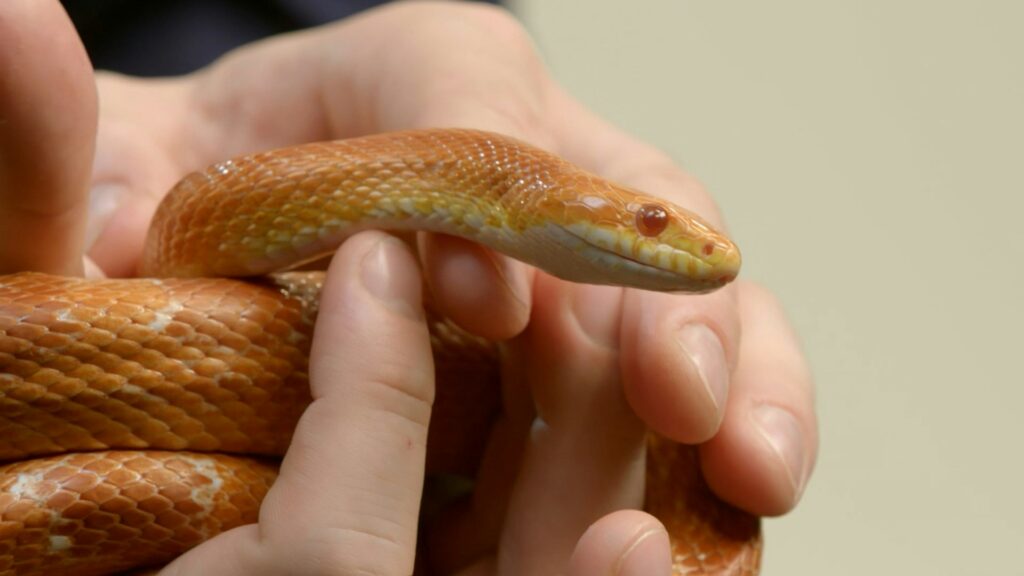
Developing a trusting relationship with even naturally gentle snake species requires consistency and respect for the animal’s behavioral cues. Establish a routine handling schedule, ideally 2-3 times weekly, to provide predictability that many snakes seem to appreciate once acclimated. Always handle with clean hands free of food scents, as food-associated smells can trigger feeding responses even in docile species. Provide secure, contained spaces for handling sessions, especially with new snakes that might be startled by wide-open areas. Remember that trust develops gradually; consistent, positive interactions that always respect the snake’s comfort level will typically result in increasingly relaxed behavior during handling over months and years. The most rewarding relationships with gentle snake species develop through patience and attentiveness to the individual animal’s preferences and boundaries.
Conclsuion
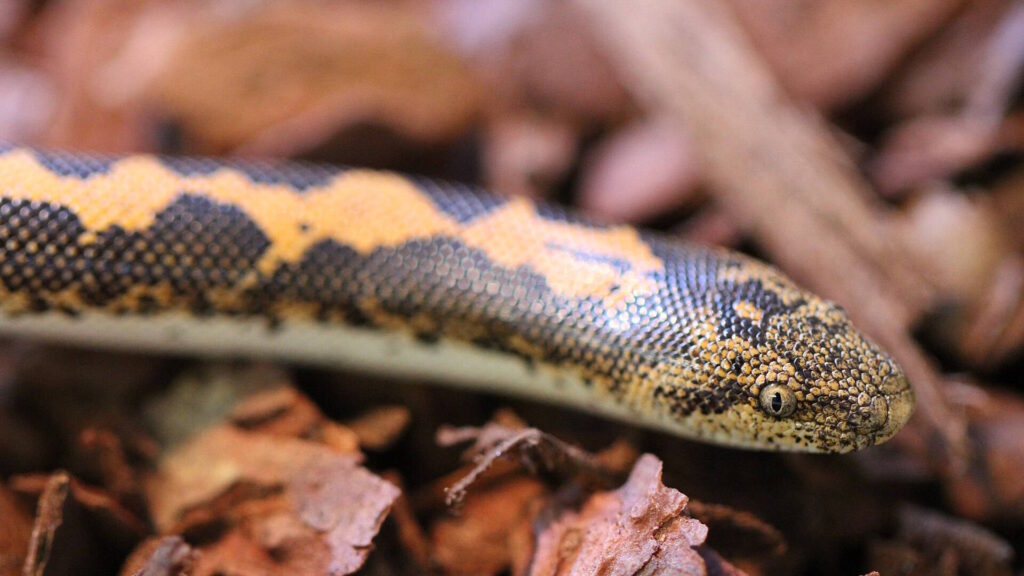
The world of gentle, non-venomous snakes offers something for nearly every prospective keeper, from the pocket-sized Kenyan sand boa to the impressive but docile gopher snake. These species demonstrate that snakes can indeed make calm, manageable pets suitable for regular handling when their needs are understood and respected. By selecting naturally gentle species, employing proper handling techniques, and respecting each animal’s individual comfort level, keepers can develop rewarding relationships with these fascinating reptiles. Whether you’re seeking your first snake or adding to an established collection, these gentle species provide excellent opportunities to experience the unique joy of reptile keeping while helping dispel common misconceptions about these remarkable animals.

